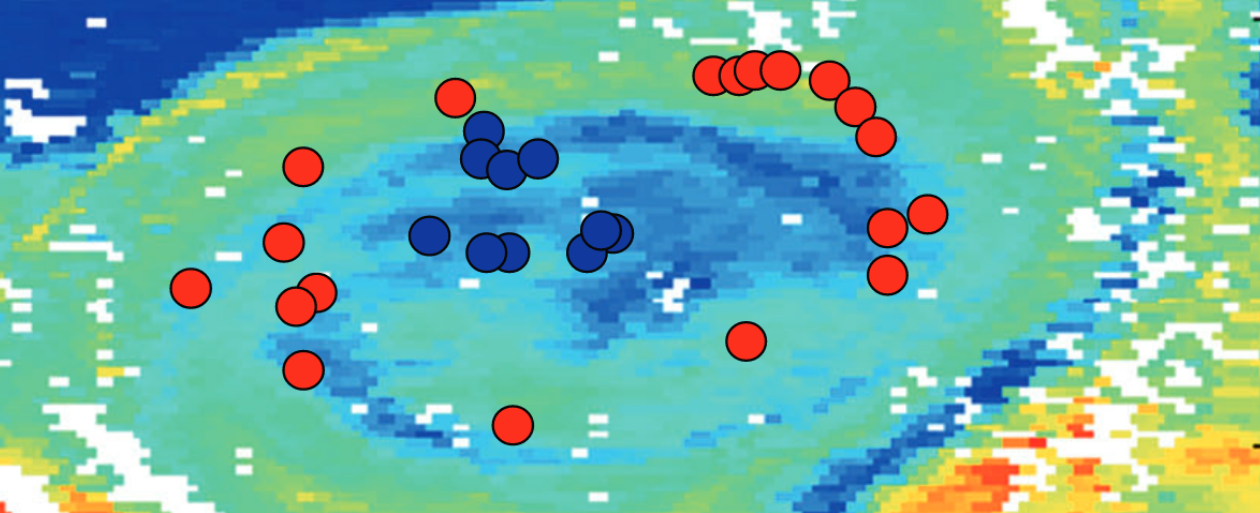 My caption 😄
My caption 😄
Expression profiling of host and virus during a coccolithophore bloom provides insights into the role of viral infection in promoting carbon export
Abstract
The cosmopolitan coccolithophore Emiliania huxleyi is a unicellular eukaryotic alga that forms vast blooms in the oceans impacting large biogeochemical cycles. These blooms are often terminated due to infection by the large dsDNA virus, E. huxleyi virus (EhV). It was recently established that EhV-induced modulation of E. huxleyi metabolism is a key factor for optimal viral infection cycle. Despite the huge ecological importance of this host – virus interaction, the ability to assess its spatial and temporal dynamics and its possible impact on nutrient fl uxes is limited by current approaches that focus on quantification of viral abundance and biodiversity. Here, we applied a host and virus gene expression analysis as a sensitive tool to quantify the dynamics of this interaction during a natural E. huxleyi bloom in the North Atlantic. We used viral gene expression profiling as an index for the level of active infection and showed that the latter correlated with water column depth. Intriguingly, this suggests a possible sinking mechanism for removing infected cells as aggregates from the E. huxleyi population in the surface layer into deeper waters. Viral infection was also highly correlated with induction of host metabolic genes involved in host life cycle, sphingolipid, and antioxidant metabolism, providing evidence for modulation of host metabolism under natural conditions. The ability to track and quantify defined phases of infection by monitoring co-expression of viral and host genes, coupled with advance omics approaches, will enable a deeper understanding of the impact that viruses have on the environment.